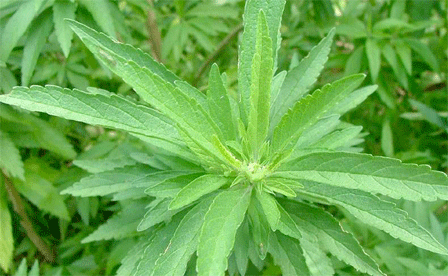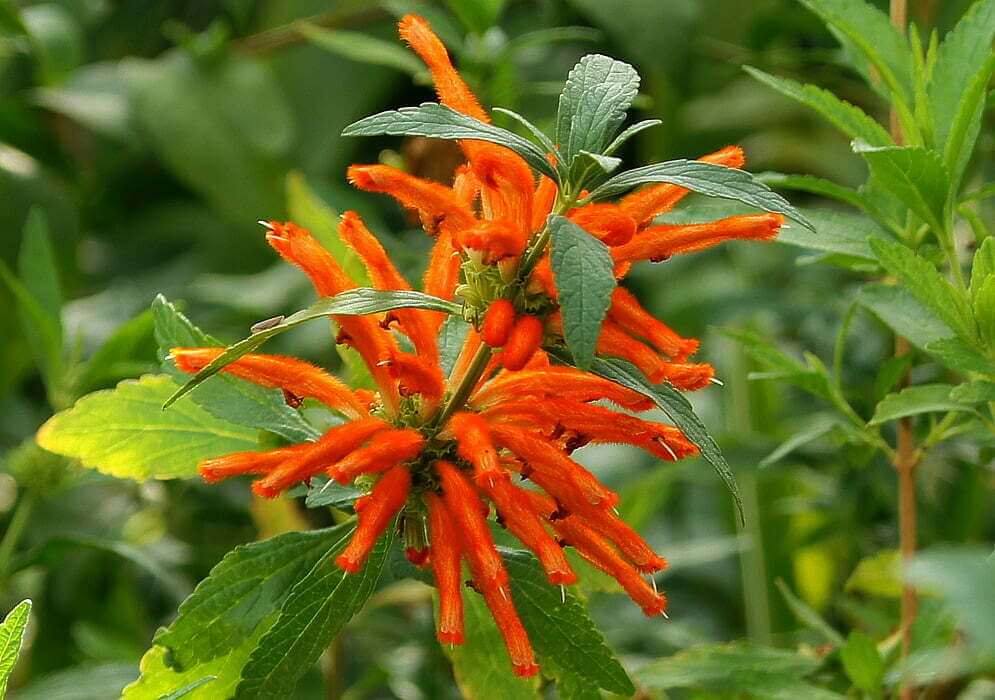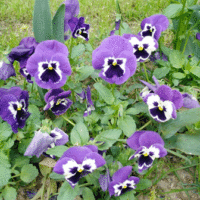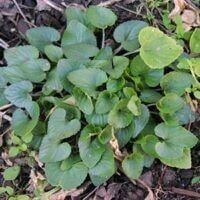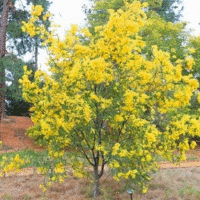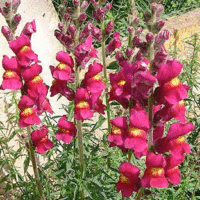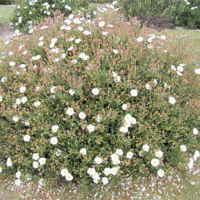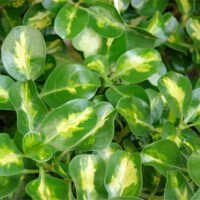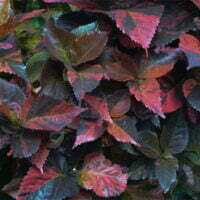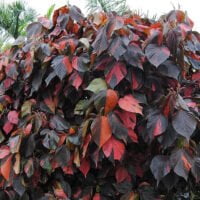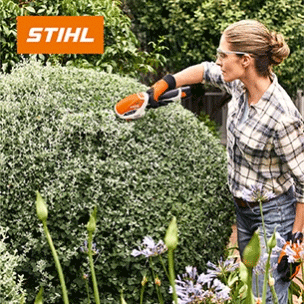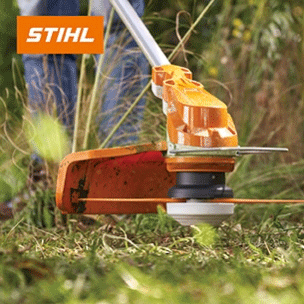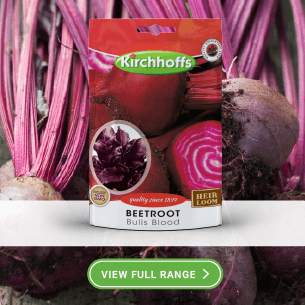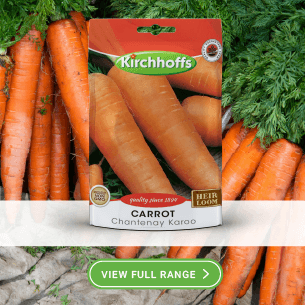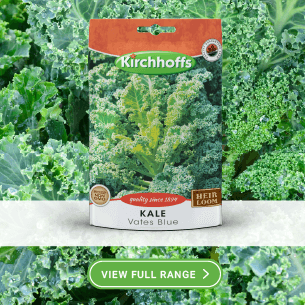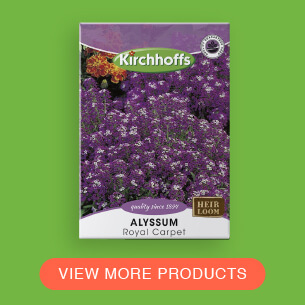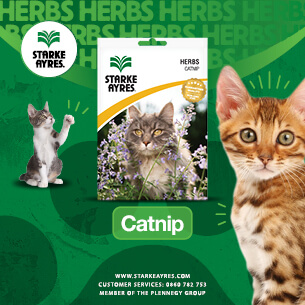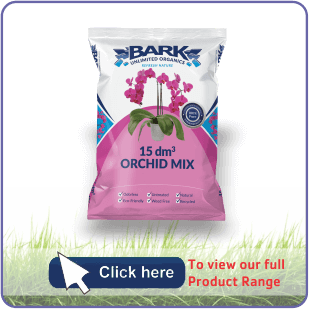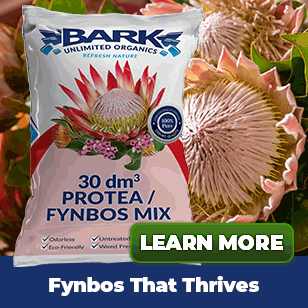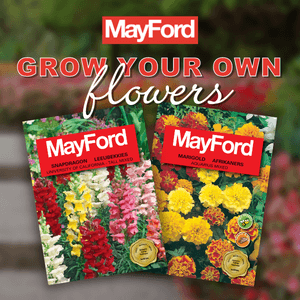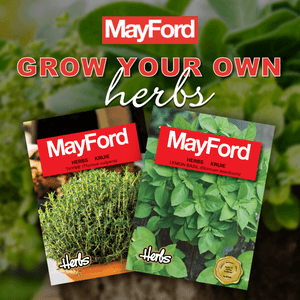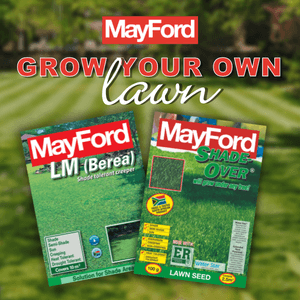| Botanical name | Leonotis leonurus var. leonurus |
|---|---|
| Plant Care |  Full Sun Full Sun – Prefers 6 or more hours of sun per day. Frost Hardy Frost Hardy – Can Handle frost without damage.  Low Watering Low Watering – Requires Little Water.  Pruning Required Pruning Required – Needs to be Pruned.  Indigenous Indigenous – Originates in South Africa. |
| Size | |
| Categories | |
| Flowers | January February March April May October November December Wild dagga bears orange flowers in Summer. |
| Common name(s) | Wild dagga, lion's ear |
| Origin | |
| Foliage | This plant bears velvety foliage with an aroma when crushed. |
| Uses in landscape design | Very good accent plant in the back border. It is popular with flower arrangers, and attracts birds. |
| Drought tolerance | High |
| Planting instructions | Planting: Any well-drained soil is suitable. Dig a hole 60cm square and deep. Mix two thirds of the topsoil with one third compost in the bottom of the hole, add one cup of bone meal or superphosphate and mix well. |
| Maintenance | This hardy bush is most attractive when it is pruned and kept neat. |
| Soil conditions | Moist |
| Growth rate | Moderately Fast |
| Uses | Uses:: Cullinary: Medicinal: yes Cultural: Commercial: Cosmetics: Other Uses: Part Used: Foliage , Flower Attracts: Features: |
| Wildlife attractions | birds |
| Interesting info | Fragrant/ scented foliage , Has culinary uses , Indigenous/ Native to South Africa , Medicinal uses , Plant is hardy , Tolerates drought , Tolerates frost |
| Other languages | Wildedagga (A) Imunyane(Z) Umfincafincane (X) Lebaka (NS) |
| Recommended varieties | L. leonurus var. albiflora has creamy-white flowers. |
Leonotis leonurus var. leonurus (Wild dagga, lion's ear)
- Botanical name: Leonotis leonurus var. leonurus
- Common name(s): Wild dagga, lion's ear
- Categories: Shrubs and Perennials
Plant description:
Bearing orange flowers in autumn, which makes it popular with flower arrangers, this hardy bush is most attractive when it is pruned and kept neat. Allthough mostly evergreen, it can lose its leaves in very cold areas.The plant quickly sprouts again after frost burn. The upright, tall stems are covered in sparse, dull-green leaves. The bright orange, tube-like flowers appear in whorls on the tips of stems during autumn and winter. Although fairly drought resistant, it thrives in good, moist soil. It will attract a variety of birds to the garden. L. leonurus var. albiflora is similar, but bears creamy-white flowers.
Family: Lamiaceae
Synonym: Phlomis leonurus
Botanical Pronunciation: lee-oh-NO-tis lee-oh-NOR-uss.
Leonotis leonurus var. leonurus requirements and features
info on these icons
Moderate Maintenance
Requires moderate maintenance.
Prohibited Use Notice: No Data Scraping Allowed Except for Search Engine Indexing:
The content provided on PlantInfo.co.za is intended for personal, non-commercial use only. Unauthorized extraction, reproduction, or use of the data, including scraping, for any purpose other than search engine indexing is strictly prohibited. Violations of these terms may result in legal action. By accessing and using this website, you agree to comply with these conditions and acknowledge the legal restrictions on the use of our content.
January February March April May October November December
Wild dagga bears orange flowers in Summer.
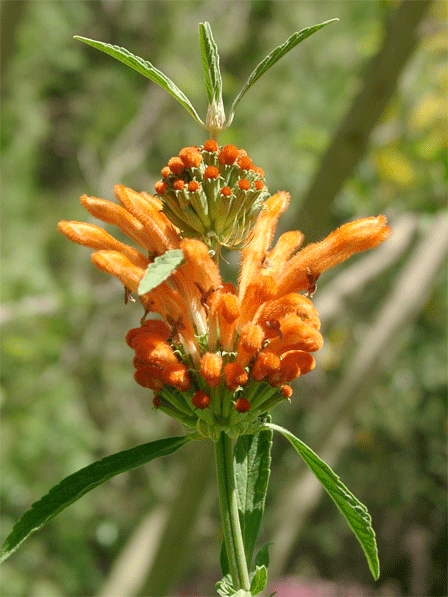
This plant bears velvety foliage with an aroma when crushed.
